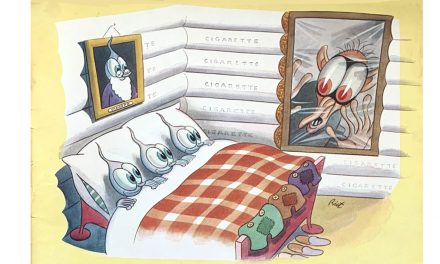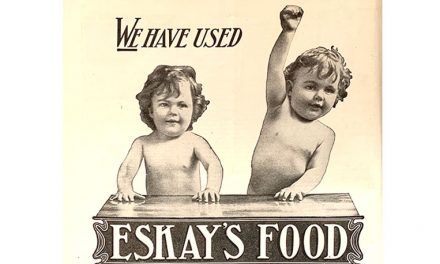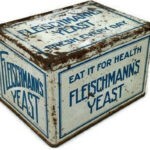A match made at the Soda Fountain…
ice cream and soda
For more than 100 years the soda fountains in American pharmacies were meeting places for many, young and old. Drug store patrons would perch on revolving stools at long counters eating ice cream and sipping carbonated beverages through a straw. Soda fountain parlors, as they were often called, became part of American culture. By 1875, there was a soda fountain parlor in almost every city across America. (Explore the fascinating world of the early American drugstore on the extraordinary website of the Soderlund Drugstore Museum.)
For 50 years the Liquid Carbonic Company put the fizz and the fruit flavors in the soda—supplying drug stores with carbon dioxide and equipment related to soda fountains and soft drink bottling.
When the bottled soft drink market expanded,
Liquid Carbonic developed coolers which they advertised like this…

This summer—Serve COLD Bottles
Every 3 Seconds, This New Way.
Push a warm bottle IN and OUT comes a Cold one
The principle is explained at the top of the advertisement in the cutaway illustration on the left. The room-temperature bottles are racked above the ice-filled chest below. The chest has eight tubes for eight different drink flavors. The bottles are cooled in the tubes as the bottles are pushed around the ice chest.
“Serving Bottled Drinks
in this new way excites public interest, takes only HALF the time per bottle— HALF the Ice— HALF the floor space—and LESS THAN HALF the Clerk Hire.”
The heavily insulated coolers measured only 30 by 35 inches. They were made of strong wood and metal with enamel finish and flashing nickel trim.
And the cost of this Cooler? Only $40 down, or $100 all told made possible “because we are the largest makers of Carbonic Gas that puts the life and sparkle in Carbonated Drinks and Bottlers’ Machinery and Supplies.”
There are numerous testimonials for the product and a coupon for a free book “‘Buried Treasure,’ containing full details, actual sales records and photos.”
The ad appeared in the Liberty weekly magazine, intended for the whole family, but the message reached out to the owners of “stores, amusement centers, waiting rooms, roadside stands and lobbies.”
The decline of soda fountains has been blamed
on many things, perhaps even this…
“Every day is ice cream day in the home with an Auto Vacuum NO CRANK freezer.”

This wasn’t a novelty—the Auto Vacuum Freezer Company was incorporated on April 7, 1915, and this is a 1926 advertisement in Liberty magazine, 11 years later.

There was a at least one competitive product. Beulah Henry, nickname “Lady Edison”, patented a vacuum ice cream freezer on September 3 of that same year but the patent papers appear to show it had a crank, hence the claim by Auto Vacuum that their unit was “The NO CRANK freezer!”
In 1917, Auto Vacuum successfully defended their patent, called the McCann patent, No.1,013,672, against the William A Sexton Co., a large, long-established food manufacturing company with offices across the United States.

For more soda fountain history check out
these old newspaper articles published on the website The Art of Drink
Talk with the Soda Men of Atlanta (1885)
The Thirst for Cocaine (1902)
Beverage Business (1886)










